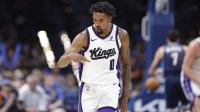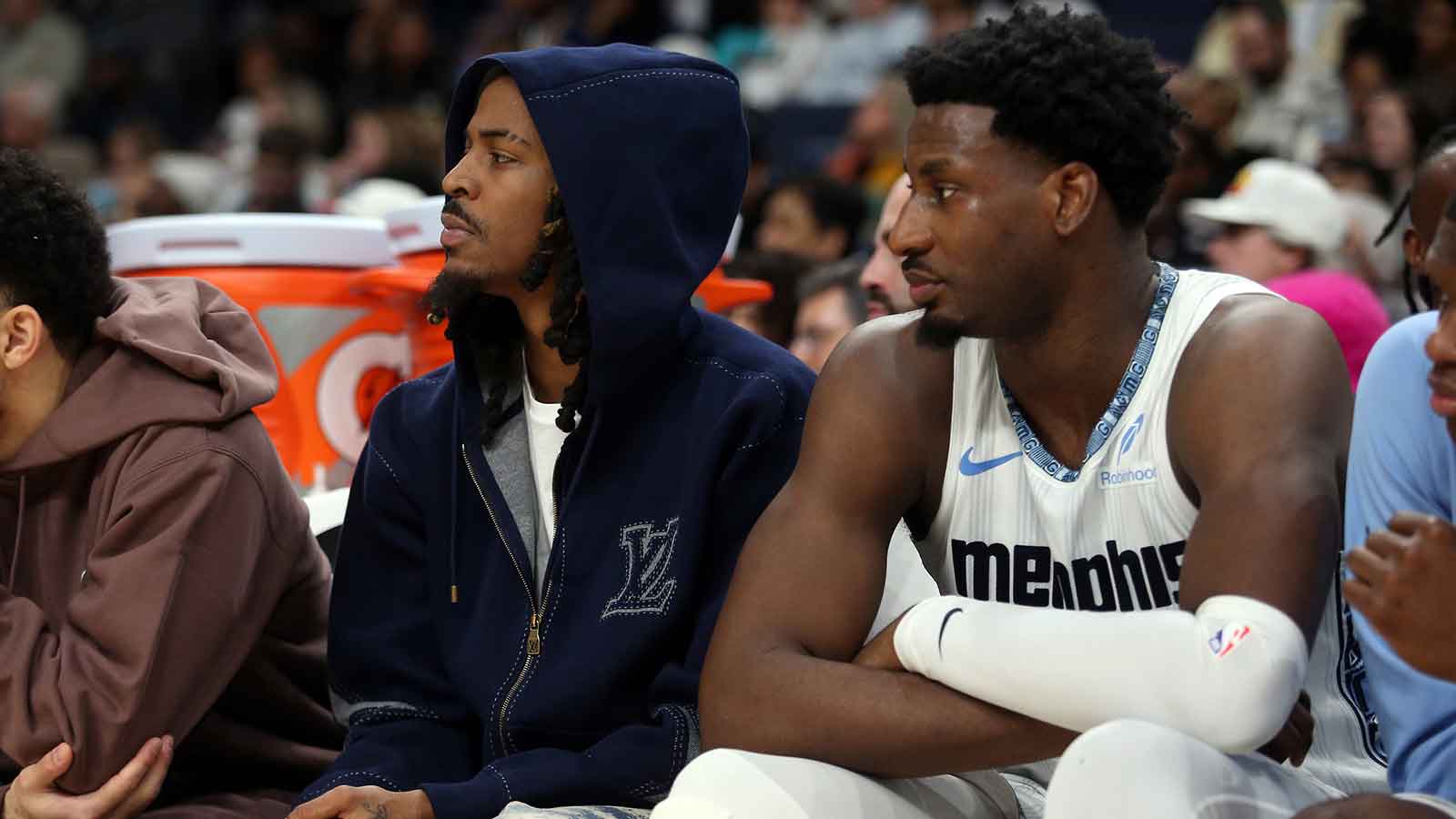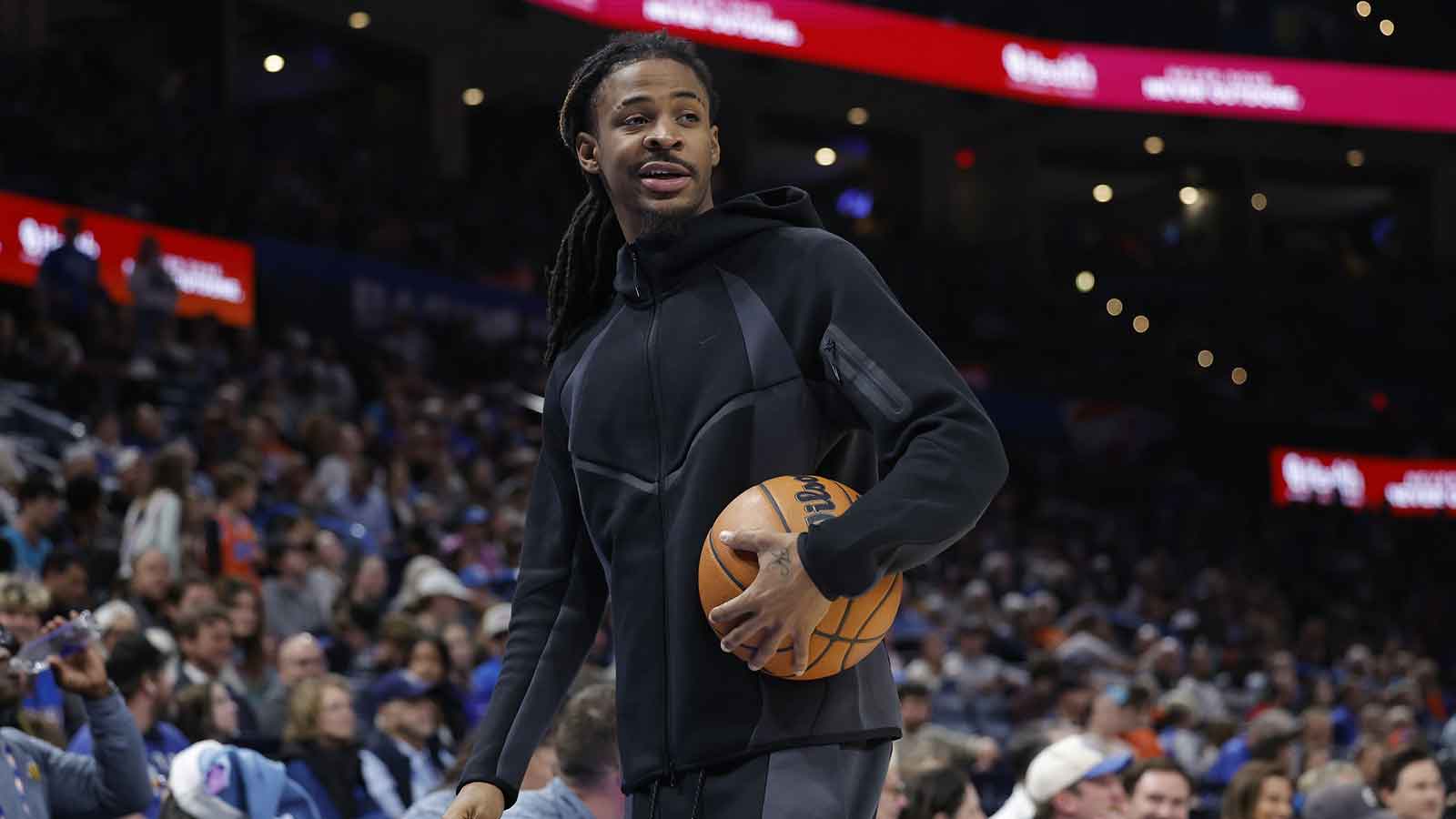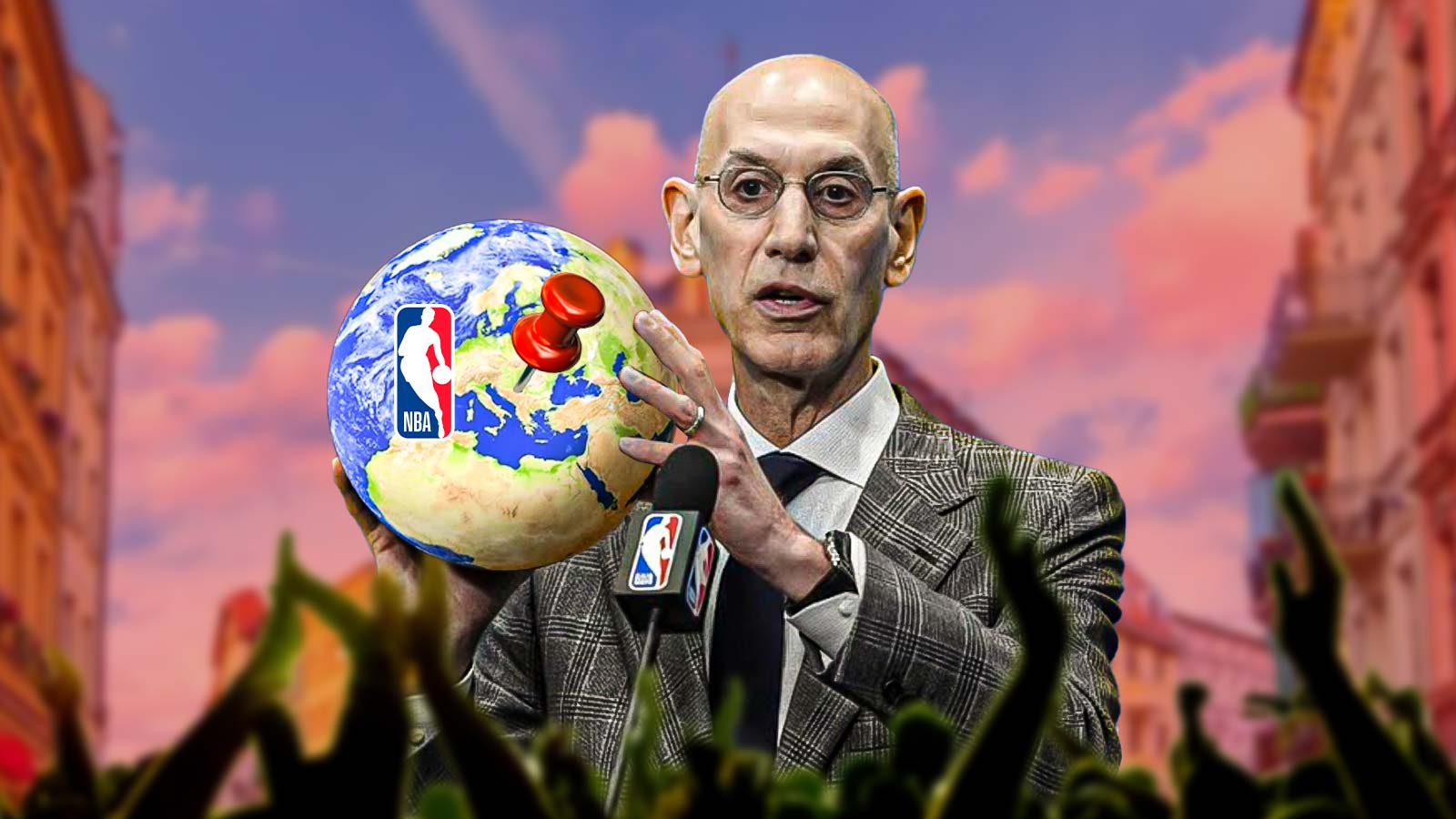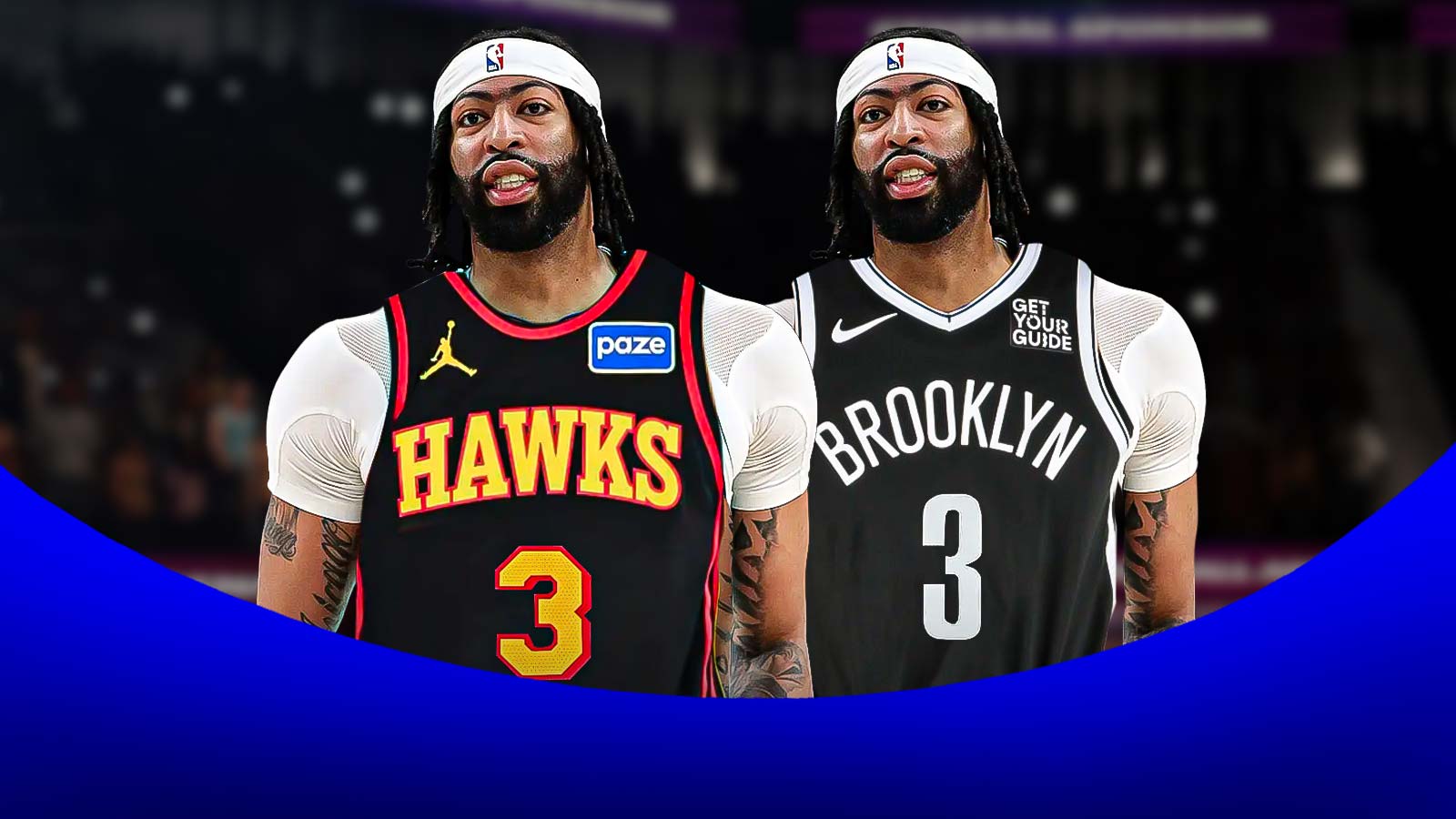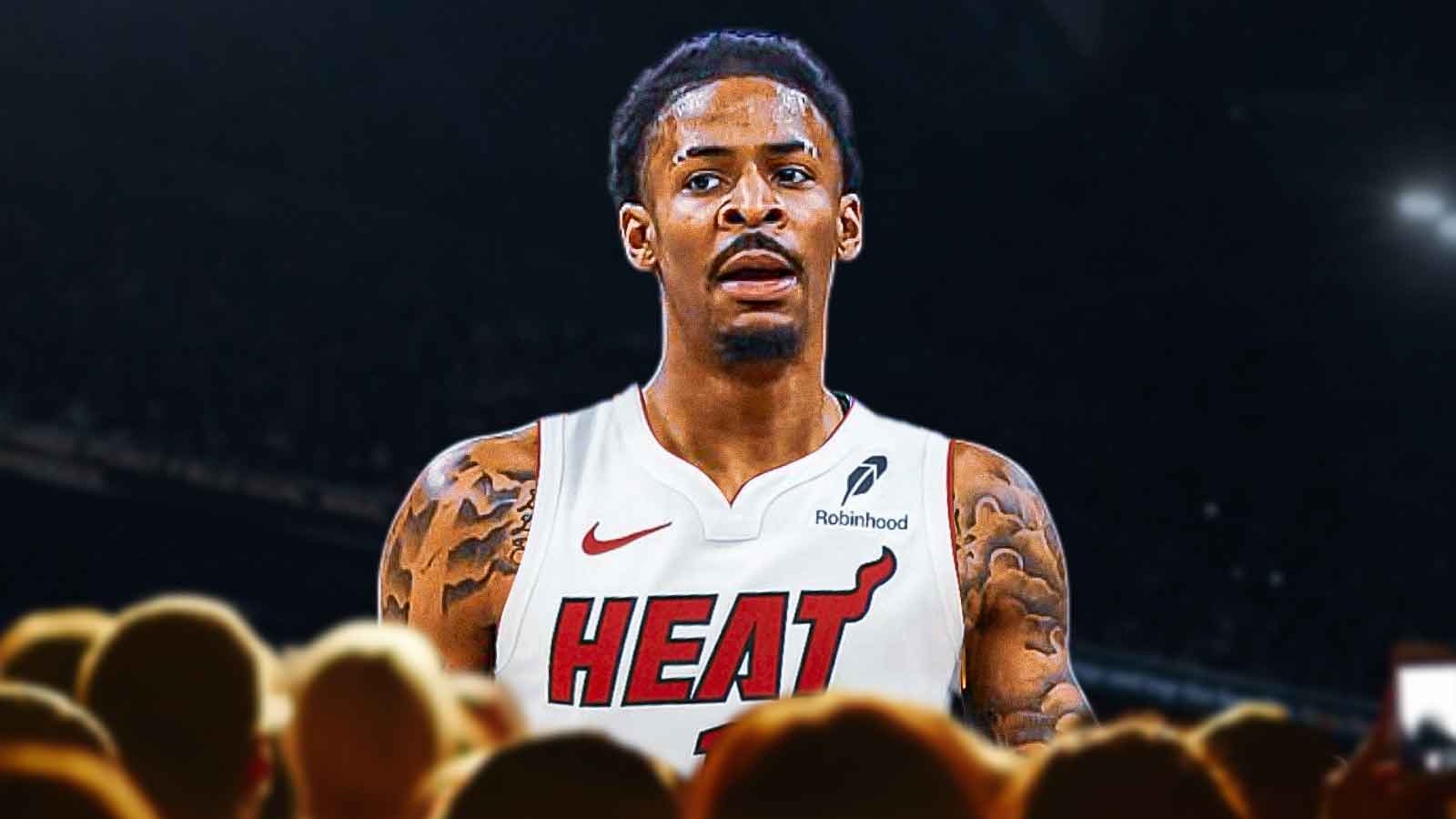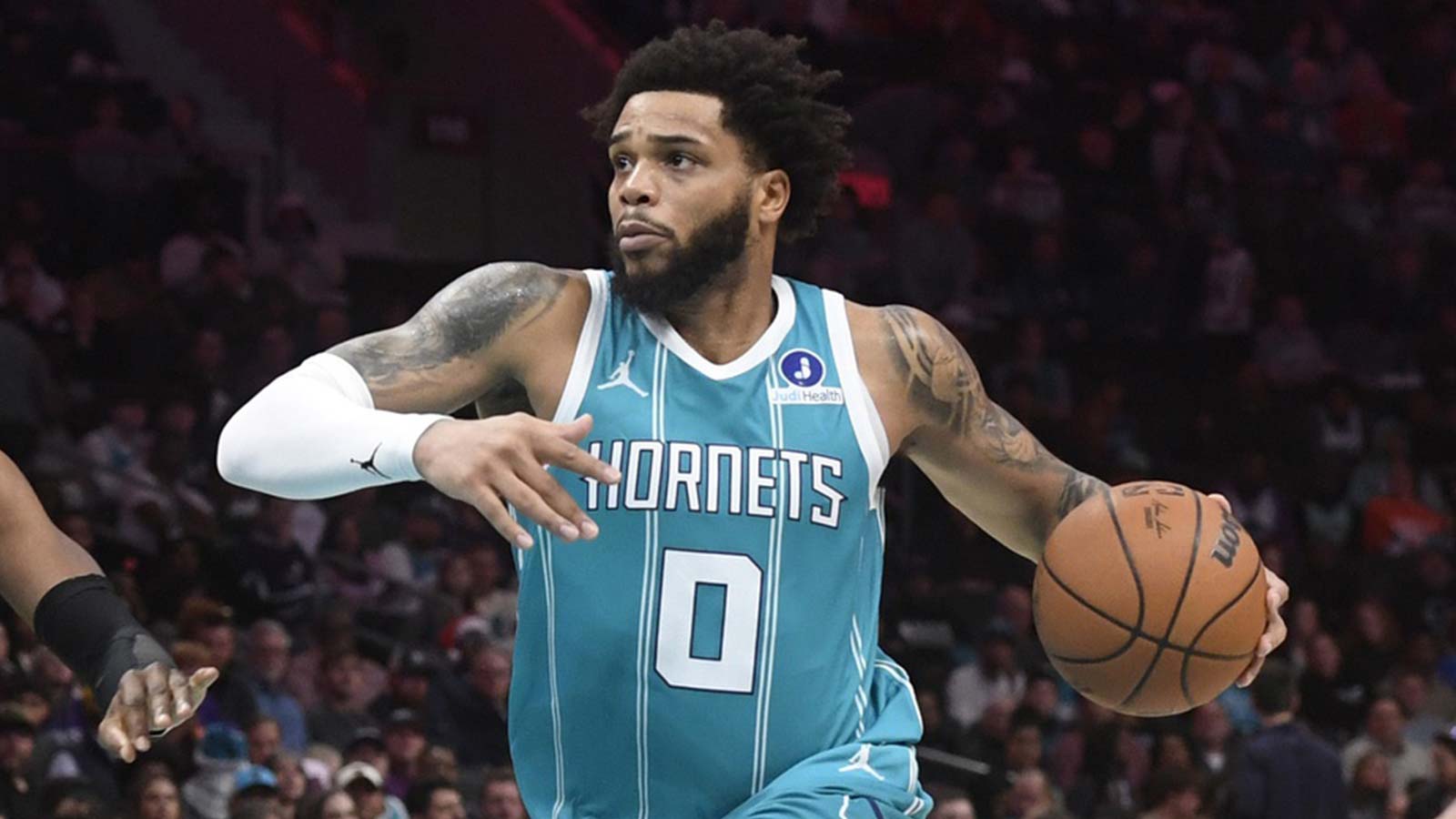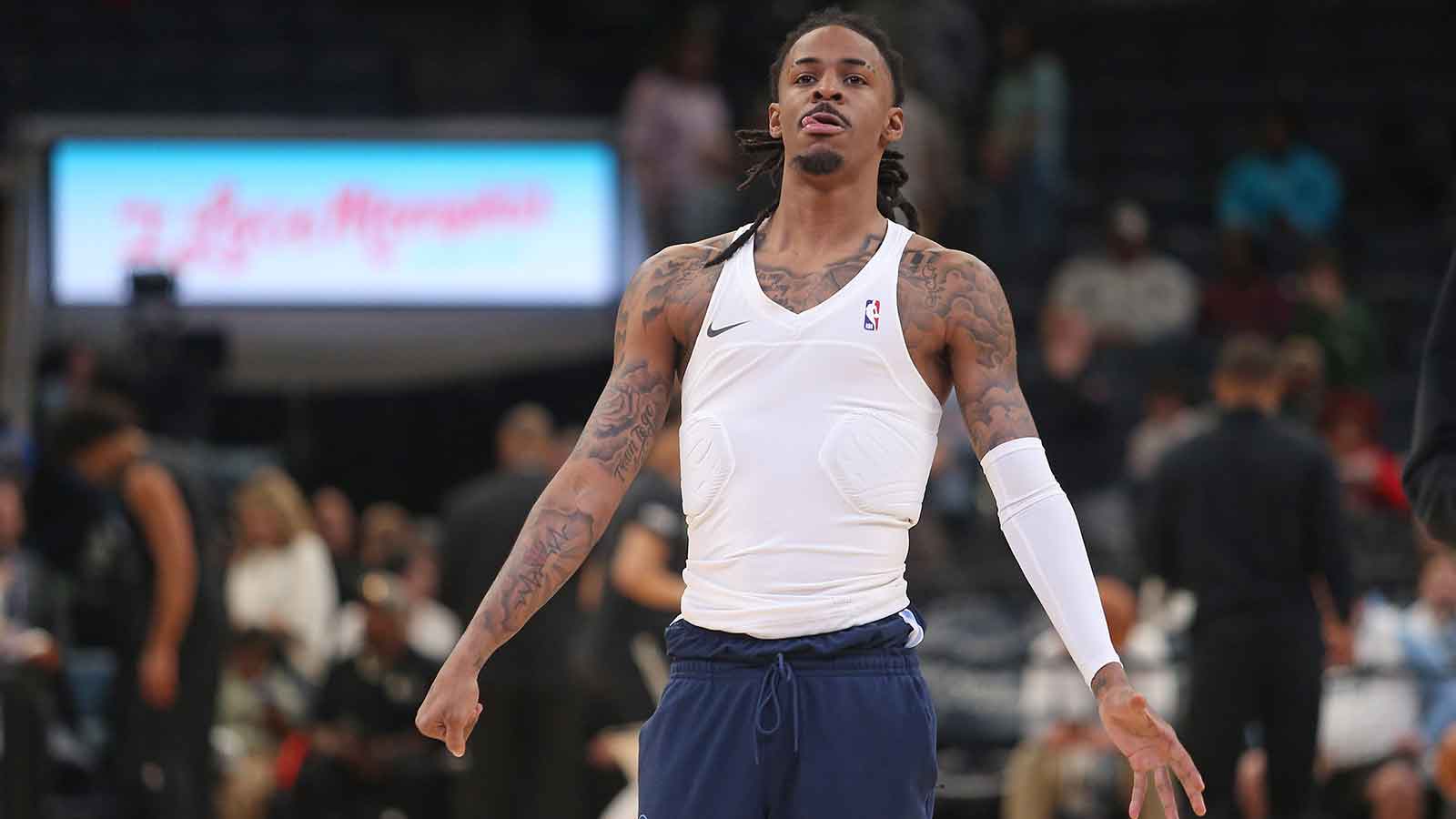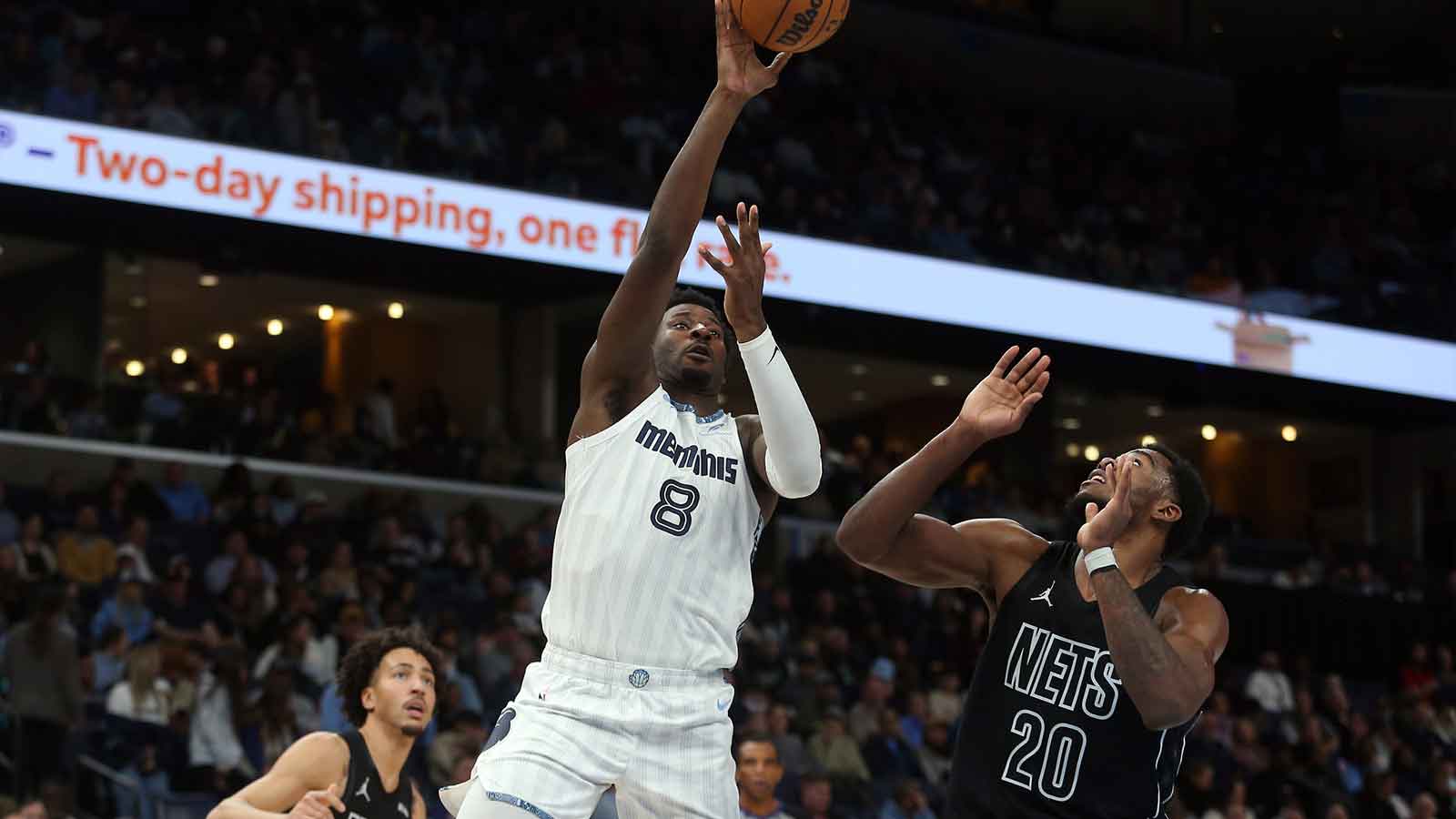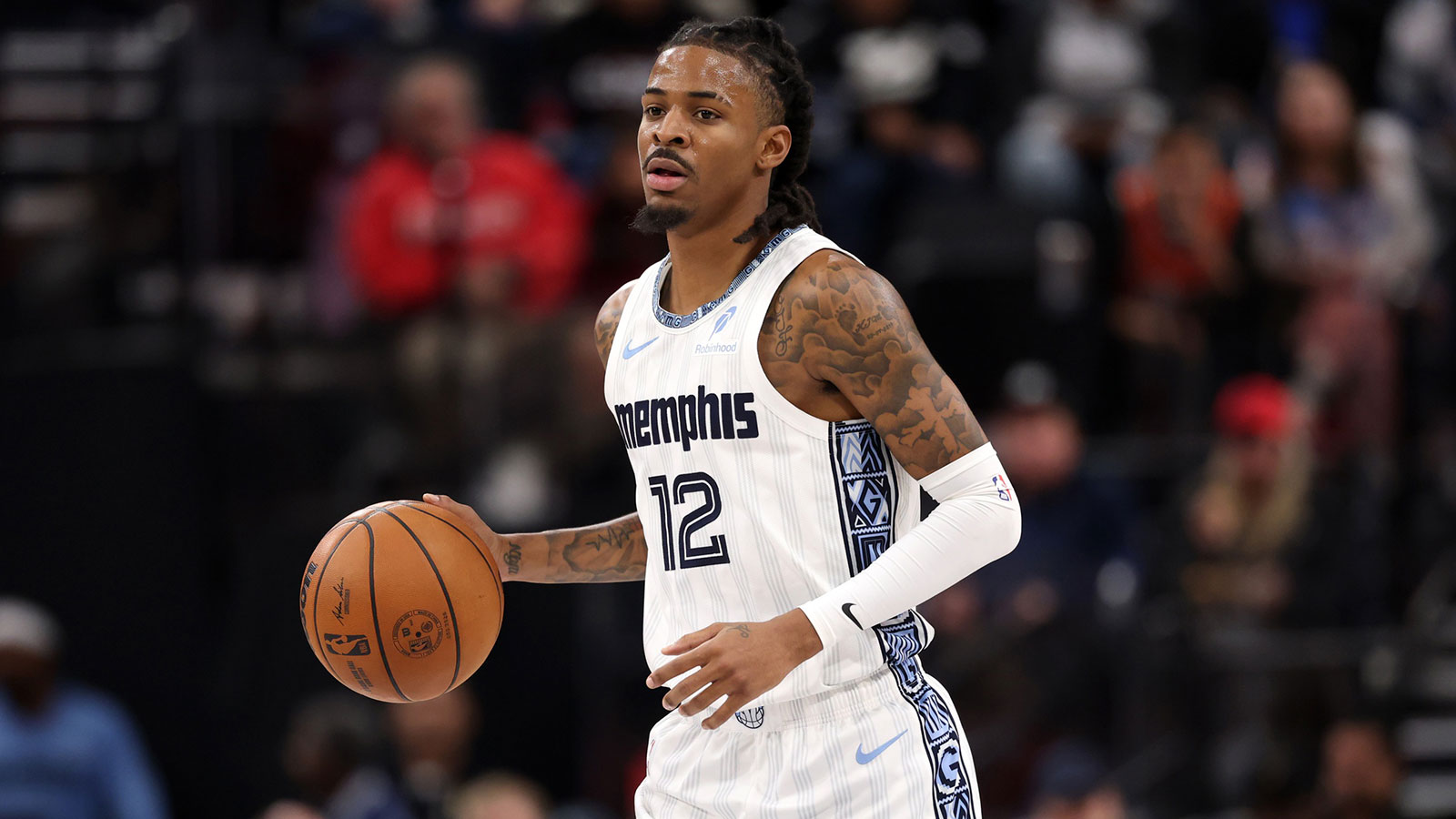Matchups between the Duke Blue Devils and North Carolina Tar Heels always draw extra attention from college basketball fans, especially when both schools are ranked in the top-10. The presence of Blue Devils phenom Zion Williamson, though, is the biggest reason why re-sale tickets for Wednesday's game between the Tobacco Road rivals are approaching $3,500 – more than the average price for each of the last nine Super Bowls. But believe it or not, the shoo-in number one pick of June's NBA draft isn't the only one taking the floor at Cameron Indoor Stadium who has a future at the next level.
These five players, whether sooner or later, will follow in Williamson's footsteps to the NBA after Wednesday's epic clash between second-ranked Duke and fifth-ranked North Carolina.
5. R.J. Barrett, Duke
Williamson was the bigger name before the season tipped off in November, but it was Barrett that ranked as Duke's most promising NBA prospect – and the near-consensus number one player in the 2019 draft class. Barrett's production hasn't been an issue: he's averaging 22.7 points, 7.4 rebounds, and 4.0 assists per game, numbers certainly befitting a future top overall pick.
But he's hardly eased concerns about his jumper, shooting just 33.5 percent from beyond the arc, and he has struggled to curb his penchant for ball-dominance while playing for the nation's most talented team. Barrett won't go ahead of Williamson come June, but remains a top-tier prospect due to a combination of size, athleticism, ball-handling ability, and scoring knack that figures to eventually make him a team's go-to scoring option.
4. Cam Reddish, Duke
Some analysts pegged Reddish early in the season as the Blue Devils prospect with the highest NBA ceiling. After all, there aren't many 6-foot-8 ball handlers with natural court sense and a sound shooting stroke who have the physical tools to defend multiple positions.
Might Reddish be the NBA's next great point forward? It's a testament to his esteemed level of talent that Reddish still ranks as a potential top-five pick. He's struggled to find a role with Duke, averaging 13.8 points, 3.5 rebounds, and 2.2 assists per game while shooting a ghastly 35.6 percent from the field. It's worth noting that number is inherently deflated by Reddish taking a whopping 64 percent of his field goal attempts from beyond the arc, where he's shooting an unspectacular 34.0 percent.
Reddish will undoubtedly benefit from playing in the more wide open NBA, where he can drive gaps, attack close-outs, and work as a second-side pick-and-roll operator. But given his stark lack of efficiency combined with a fleeting overall impact on the college game, it's fair to wonder how exactly he'll fit in at the next level.
3. Nassir Little, North Carolina
Little has failed to live up to expectations for the Tar Heels, getting just 18.4 minutes per game after being considered by many as a darkhorse candidate for the number one pick before the 2018-19 season began.
Roy Williams has a long history of slow-playing the development of highly-touted freshmen, a tactic it seemed was paying off for Little when he exploded for 23 points on 7-of-12 shooting in his team's convincing victory over No. 10 Virginia Tech last month. But he's failed to build on that progress in the interim, at least in part due to a sprained right ankle that limited him to just two minutes of play during a 69-61 loss to Virginia last week.
Even so, Little's mouth-watering blend of size, length, athleticism, defensive versatility, and shooting potential makes him a prototype forward for the modern NBA game. Will he ever grow into the star many pegged him as coming out of high school? Probably not, but all championship teams need elite-level role players, and it's easy to imagine Little filling that role at the next level once he reaches his prime.
2. Tre Jones, Duke
The younger brother of Minnesota Timberwolves point guard Tyus Jones is the most unknown among Duke's heralded freshmen, but that hardly means he isn't crucial to the Blue Devils' success. Mike Krzyzewski's team is at its best when Jones is initiating the offense at one end and cutting off the opponent's head of the snake at the other, using his quick feet, keen instincts, and dogged disposition to hound opposing ball handlers all over the floor.
He has 124 assists compared to just 27 turnovers, good for an awesome 4.6 assist-to-turnover ratio. Still, Jones' ceiling at the next level is limited by his merely average physical tools and lack of a perimeter jumper. He's shooting just 27.1 percent from three-point range, and doesn't have the burst necessary to consistently crease the paint.
Still, the league is always in need of rock-steady backup point guards, and like his brother, Jones is likely to fit that bill for years to come – with the chance to be more should he develop into a reliable threat from beyond the arc.
1. Coby White, North Carolina
White's ceiling is somewhat limited by his lack of positional size and likely inability to transition to point guard full-time. At just 6-foot-4 with a thin frame and short arms, he's not an especially explosive leaper at the rim and doesn't have the natural feel of a lead ball handler. But, the freshman guard has a clear-cut NBA future regardless as a versatile scorer and off-dribble shot-maker.
White, averaging 15.7 points and 4.3 assists per game this season, is shooting an impressive 42.7 percent from NBA three-point range, according to The Stepien. He might not ever be entrenched as a starter, but not unlike Jones, White stands to occupy an obvious niche in the NBA as an instant-offense bench player.




